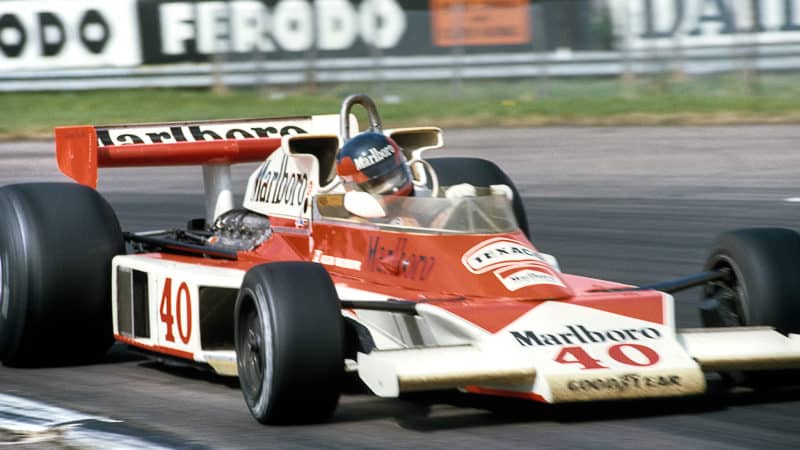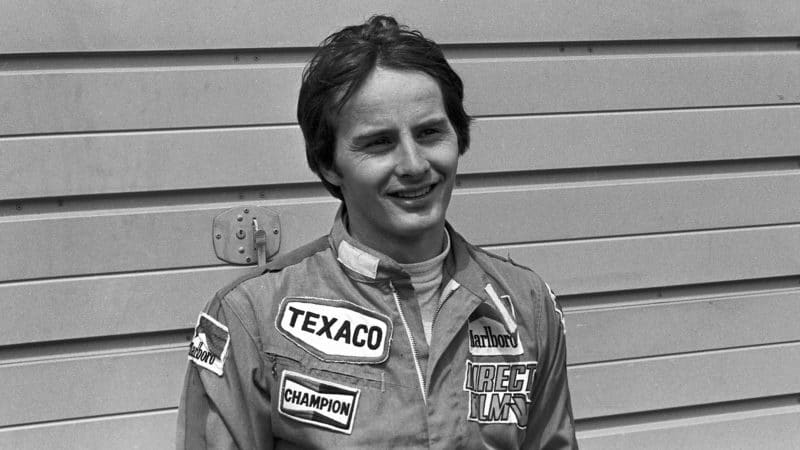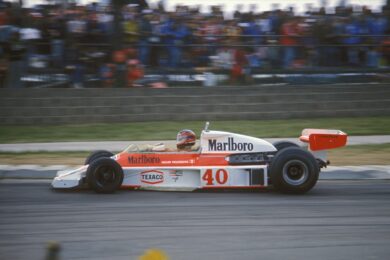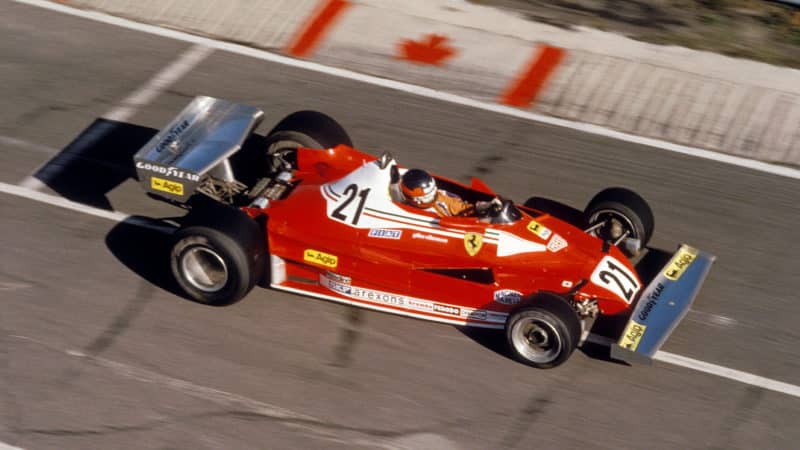It took a while. Villeneuve dominated the Atlantic season, winning nine of the 10 races he drove for Kris Harrison’s Ecurie Canada team in a March 76B-3, to claim both the Canadian Player’s Challenge series and the one-off IMSA title in the US. Then in 1977 budget restraints limited him to more of the same, racing Atlantics on the wrong side of the Atlantic when he should have been over in Europe in F2. Then he’d had his phone call with Caldwell.
“He’d put the phone down, got some knickers and threw them in a suitcase, driven to the airport and caught a plane to England,” said Alistair. “He didn’t ask us where McLaren was, he didn’t ask us whether we were going to be there. He knew it was a week between F1 races, so he just turned up in reception. And that’s why he got a drive at the British GP.
“It’s that attitude that was totally different to James. Gilles just knew he had to talk to us face to face, without any pre-arranged plans. So he turned up in the lobby at our Colnbrook factory. He came in, pored over the design drawings. When he sat in the car for a seat fitting he made engine noises, just like Bruce used to. James wouldn’t have been interested in the drawings at all.”
There’s a lesson in there for any young racing drivers with an apparently burning ambition. Hell, there’s a lesson in there for any of us.
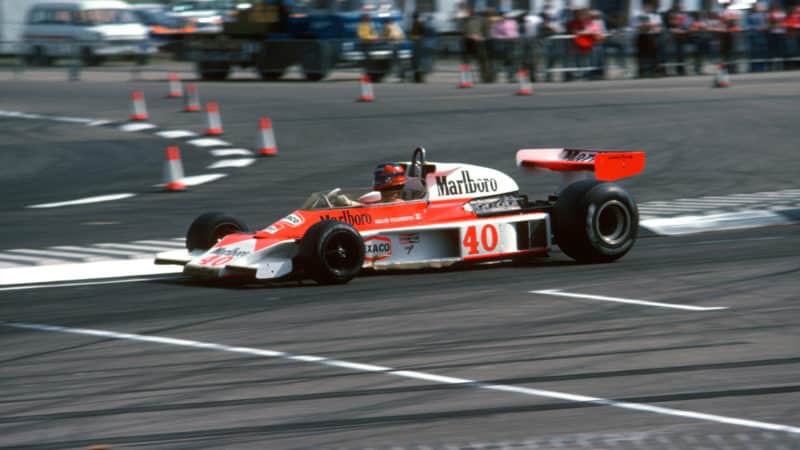
The charisma was obvious on the first lap: Villeneuve’s only McLaren appearance
Grand Prix Photo
Villeneuve’s 1977 British GP performance, in an M23 beside Hunt and Jochen Mass in their M26s, has gone down in folklore. You might have read veteran journalists Nigel Roebuck and Maurice Hamilton reminiscing about it in Motor Sport earlier this year. “I went up to Silverstone on the Wednesday, which was a test day and not for the normal stars, but for the backmarkers and newcomers,” Nigel told us. “And that was the day nobody knows how many times he spun, but didn’t hit anything. It was his first day in an F1 car and the first time he’d seen Silverstone, he had a very short time to find the limit and that was Gilles’ way: to go over it and slightly come back from it. He drove a great race” – Villeneuve ran as high as seventh in the early stages – “then had a completely unnecessary pitstop because he thought he had an oil pressure problem when it was actually a faulty gauge.”
“It was like watching Jochen Rindt, so sideways and not afraid of the car at all,” recalled Maurice. “Just powering through Maggotts and Becketts, tail out, finding the limit. It was very exciting.”
